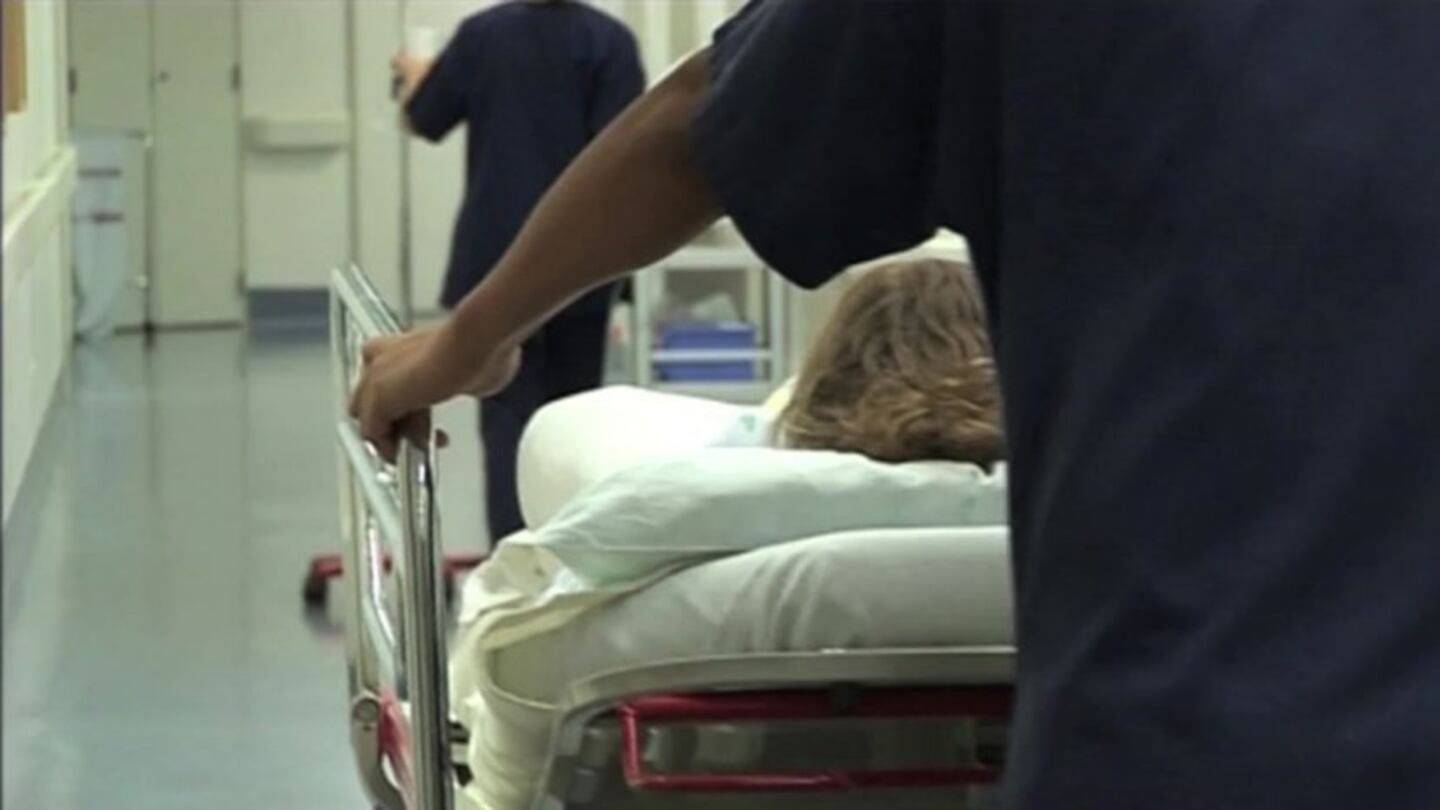Statistics New Zealand says Māori are more likely to suffer from serious non-fatal injuries from vehicle accidents and assault compared to the total population in New Zealand last year.
Government injury information manager James Clarke says, “Examining serious injuries using different breakdowns helps identify high-risk areas and inform injury prevention strategies in New Zealand.”
The data released today showed an average rate of serious non-fatal injuries for Māori who are around the same age compared to the total population in 2017, however, the data showed significant differences in the cause of the injuries.
Māori had significantly higher rates of serious but non-fatal injuries from motor-vehicle crashes relative to the total population in 2017, at a rate of 67.8 injuries per 100,000 people - 67% higher than the national average.
There was an even greater difference for injuries from assaults, with a rate of 37.0 serious injuries per 100,000 people for Māori, compared with 12.6 for the total population.
In contrast, the rate of serious injuries from falls was much lower for Māori – 49.5 injuries per 100,000 people, compared with 109.2 for the total population.
The overall rate of serious non-fatal injuries for Māori has been increasing since 2014. The overall rate of serious non-fatal injuries for Māori has been increasing since 2014, with an estimated rate of 208.1 injuries per 100,000 people in 2017 – the highest ever recorded for this group. In comparison, the total population had an overall rate of 205.3 injuries per 100,000 people.
Clarke says, “While we’ve seen a general increase in these types of serious injuries across the whole population in the last few years, the size of the increase has been far greater for Māori.”



